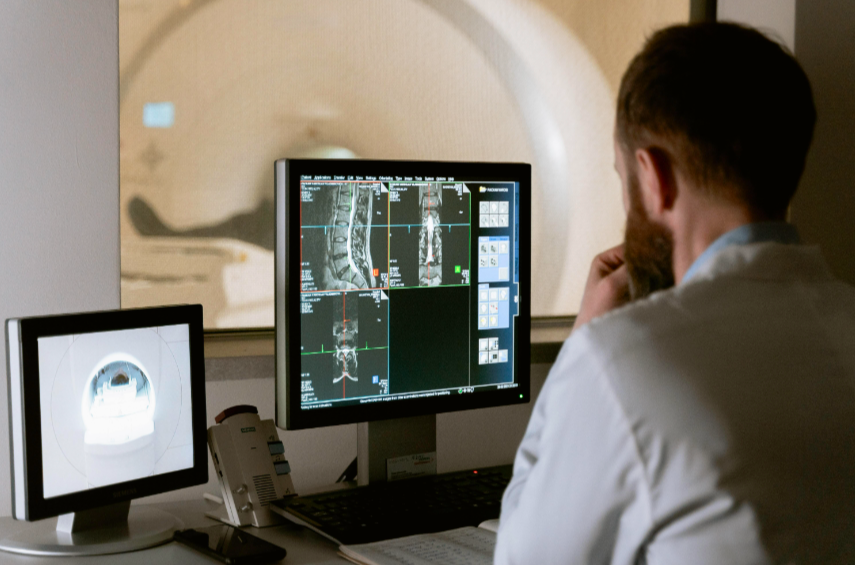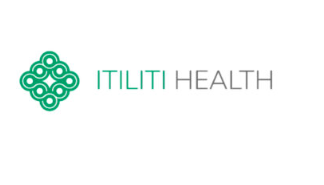Humans come in all shapes and sizes, but healthcare in the US seems to be pushing an altogether different agenda. The medical industry’s infrastructure in the US has a tendency to treat citizens in a one-size-fits-all manner—a disparity that boiled to the top in recent years with the pandemic that just kept on giving.
The country is in a stalemate between medical institutions, which want to give their patients the best treatment they can, and the bureaucratic holds that are barred by insurance companies, and in some cases by the government itself. Despite the fact that medical management is still fundamentally disconnected, the healthcare industry, just like any other in today’s day and age, is expected to become more customer-facing.
Technology is opening up new avenues for healthcare to not only join the digital age but to also be more adaptable and personalized as well—it is just a matter of managing and utilizing it properly. Let’s take a look at the ways that technology can help medicine evolve past its outdated framework and move towards a future of better care.
Next-Generation Business Models
There are some key fundamentals that need to evolve in order for healthcare in the US to start providing services to the patients that need them—and it can start with the building of more feasible business models for modern times.
According to a report by McKinsey, “The future of healthcare: Value creation through next-generation business models”, there is a relative scarcity of opportunity within healthcare that could lead to increased competition in attractive sub-segments—helping to develop new and innovative business models that can achieve a new level of growth in health care. This technology-driven innovation can by proxy deliver better care for individuals.

Healthcare, like any other industry, responds to specific market pressure and successful solutions will address the need to modernize the processes and management for both providers and patients. In recent years, practices have adapted to the times. For example, bundling has become common so that patients pay a set amount for a procedure, regardless of how many services were provided to the patient. In some scenarios, this can be beneficial to the patient, in others, it can be extremely disadvantageous. Instead of these cookie-cutter methods, healthcare business models need to put the patient back in the driver’s seat of their health, and policies need to allow providers to help them along their way without preliminary requirements blocking them at every turn.
This is where technology can help optimize and clarify the wellness industry’s approach to health. Rather than having a rigid set of bureaucratic hoops for patients to jump through, technology can create a single-pane view through a common interface that allows users to hand-select the exact kind of care they need.
User Interfaces for Modern Healthcare
Although two-thirds of the largest US hospitals offer mobile health apps, company Accenture finds that providers that use mobile patient engagement are failing because apps offer poor user experience and functionality. This shows the importance of well-designed user interfaces and more importantly, interfaces that serve a need and purpose.
As healthcare digitizes and commercializes, patients need to understand the well-being choices they are making. Health institutions must keep this in mind, focusing on these aspects in their first steps of building an online platform, so that the user interface is intuitive—whether it be for providers, pharmacists, patients, or any other player in the administration of health services.
With an interface that can be accessed at any time, both providers and patients have a middle ground where they can view, make updates, or report changes in real time. This could be test results, from the provider side, or health changes from the patient side but requires that all parties ensure that their data is up-to-date.
A digital platform also helps providers to automate tasks that often have unnecessary bureaucratic red tape: Such as making appointments or getting simple information from patients so that they can take the next step needed for their medical needs. With a common channel of communication, synergy can occur between health providers and patients—making for an online platform that has many benefits.
Creating Symbiosis in The Medical Ecosystem
One particularly inefficient part of healthcare is the run around that patients must go through when they need to be prior-authorized for certain treatments or procedures. Technology can also help in these circumstances, accelerating communication between patients, payers, and providers so the right medical policies and procedures are applied.

One company, Itiliti Health, automates and streamlines the way claims are authorized by insurers, prioritizing the pre-authorization process. By leveraging machine learning algorithms to quickly match which medical procedures a patient is automatically authorized for, the company helps to offload the administrative backlog of assigning the task to an agent who handles the casework manually. The end result is a significant reduction in administrative costs and improvement in patient care—facilitating the right medical attention and doing so in a timely manner.
Their Medical Policy Optimization (MPO) solutions are focused on delivering immediate policy answers in real-time, with no needless delays, helping to alleviate administrative friction and also helping organizations to be more cost-effective. This also benefits patients and doctors by authorizing lifesaving medical procedures instantly rather than the common problem of postponed treatment due to bureaucratic hoops or the maze of inner workings at an insurance company.
Reshaping prior authorization, this company is changing the way that medical services are provided—benefiting all of the patients, companies, and medical professionals that this market touches.
The Future of Healthcare
National healthcare systems are organized on three planes. One is financing, or if services are paid for publicly or privately. Two, delivery, or how services are delivered, publicly or privately. And three, allocation, or how funds are allocated to service providers. Digital advancements in medicine can help to create synchronicity between these three fundamental parts of healthcare, allowing technology to reduce the overall time it takes for patients to receive care.
With patients gaining more and more power to choose their healthcare alternatives, the easier and more objective solutions will be the ones that take precedence. Stakeholders in the US health industry need to start taking this into consideration and evolving their business models so that they are user-facing, as well as providing care in an efficient and cost-effective manner.
Medical institutions that do will be able to evolve past cookie-cutter care and start providing for US citizens from every walk of life.

Disclosure: This article mentions a client of an Espacio portfolio company.












